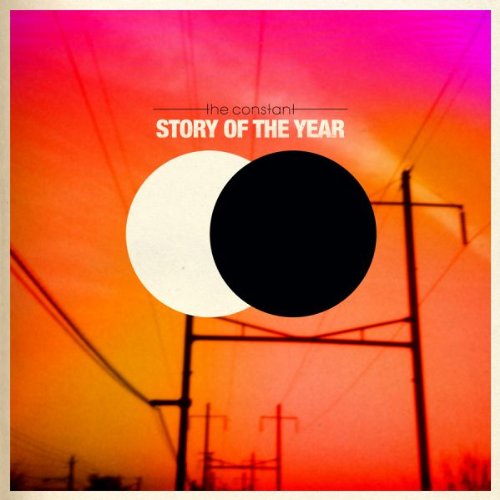
It's no secret that the internet, as well as consuming many people's lives, has revolutionised the way we play games together thanks to online multiplayer.
It all began back in 1973 with a little game called Maze War (well, it did if the internet is to be believed, check out the evidence) created by interns at NASA, which allowed players on local networked computers to chase each other around a virtual maze trying to kill each other. Today it's an idea we might call a first-person shooter, making Maze War the creator of an entire genre.
Since then the game has been ported numerous times and is the reason why no one can copyright a multi-user 3D cyberspace, a principle which all modern online games use. The technology has moved on tremendously since then, of course, with simple ethernet computer linking to a worldwide web of computers all communicating across thousands of miles in an instant.
During the 1980s the home computer was born in the UK in the form of the Sinclair ZX80 (and later the ZX81 and Spectrum), making computer games more popular than ever and accessible to the masses.
It was 10 years before another major game brought us closer to online gaming as we know it today. In 1983 SGI Dogfight, a flight simulator, was created for Silicon Graphics workstation computers and networking was added the following year, allowing multiple stations to play over ethernet just as later versions of Maze War had done, but in 1986 support was added for UDP (User Datagram Protocol), which allowed the game to use the internet protocol suite.
However, since the data was sent in broadcast packets, it could not be played across the internet (which itself was in its infancy at the time). It wasn't until 1989, when IP multicast capabilities were available, that it was possible for the game to be played online in the way we know it today, though due to hardware constraints the capability was seldom used.
Meanwhile, other companies were trying to get their head around this new technology, which led to the use of the X Window System, which meant a game could be 'hosted' on one computer and the screen transmitted through X Window, to the other players playing the game.
Xtrek, the first remote display game based vaguely in the Star Trek universe, and later Netrek (or Xtrek II) used this technology and the latter even combined the use of UDP and TCP (Transmission Control Protocol – a system still used today) to allow users to play online on servers.
Since then online gaming has become the norm, rendering the split-screen multiplayer classics of the late 1990s, such as Rare's Goldeneye, almost obsolete, though it has taken some time for consoles to get internet gaming just right. While they were trying to find their feet, games such as Total Annihilation, Counter-Strike and Command & Conquer: Red Alert were being played at LAN (Local Area Network) 'parties' in wire-infested living rooms across the country.
But do we really miss the days of split-screen being cutting-edge? Mark Fletcher, an English Student at Leicester University, said: “Definitely. Nothing like cheering on Perfect Dark 64 by looking at your friend's section of the screen!”
Online gaming's dominance has also caused developers to put a greater emphasis on cooperative play, which isn't well-received by everyone. Graduate Andrew Baker said: “As much as I enjoy online multiplayer I do still want a little one on one split-screen every now and then. it anoys me how a lot of things these days are co-op! What if I want to shoot my friend rather than work with him!?”
So, times have changed as they often do, but the next time you load up a game like Battlefield: Bad Company II to get virtually slaughtered for the 10,000th time, remember it's because of games like Maze War that you have to do it alone in a dark room rather than in a room surrounded by people who laugh evilly when you accidentally blow yourself up.









